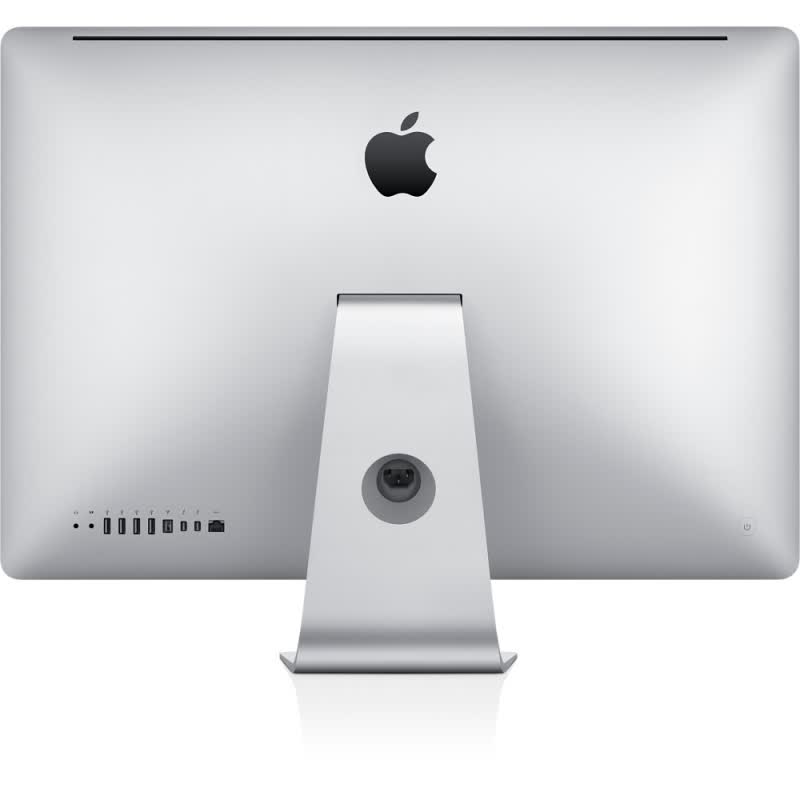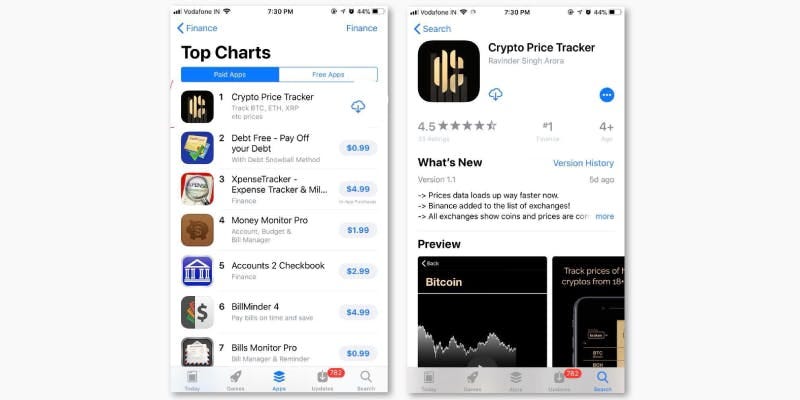
The 1-year change in the inflation rate is only reported at 2.2%, a difference of 0.5%. Rent in Denver Colorado is up 2.7% from the year previous to current. I live in both Colorado and San Francisco, California I split my time between he two areas. The numbers I am trying to show, along with the visual graph, is that there is a disconnect.īut, it is not just food. And, it seems more and more every time I look at the price of something, anything, I am almost always baffled by the cost for whatever the item is. It should be noted that I used the inflation numbers for All Items, Including Food. However, what the government has reported versus what consumers are actually paying are not the same. During that same period of time so has inflation.
#Mac pricetracker mac#
Instead, I am showing that the price of a Big Mac has gone higher. That is not what I am trying to show here. The theory behind the index is that the price of a Big Mac should necessarily be about the same based upon exchange rate, discounted for the price of labor from one country to the next. The main focus for the index is the Purchasing Power of a currency relative to another currency. The Big Mac Index is lighthearted, so says the inventors of the index, The Economist Magazine. Okay, and now to stop my comment box from lighting up with every argument that discounts every aspect of this. I believe this "issue", or disconnect is going to be far more problematic in the future with the sheer amount of funds the Fed pumped into the economy back in 2009. I see it everywhere when I go out to lunch. The data that the government puts out is out of touch with what is actually happening.


While price increases are a factor of inflation, the government's data would have you believe that the increases are small compared to what we are actually paying. The effects of this are visual in the price jumps you see for a Big Mac. Both of these time-periods saw ultra-loose monetary policies (both periods following a recession). Take a good look at this chart specifically peeling your eyes to roughly 20. The government's numbers cannot be reflecting the actual price of a Big Mac - or, for that matter anything else anyone would purchase. In other words, because of inflation, everything is costing more to purchase.īut, and here is the real picture you need to see: If the government's numbers were accurate then the green line would be flat. Instead, the $2.43 price is some 22% higher than the 1986 price. After all, the ingredients are exactly the same as well as the labor (Labor costs would be factored in). Once you inflation-adjust the price of the Big Mac, as I did in the green line, that line - theoretically - would be as flat as a board. If you believed the government's numbers, your $1.80 Big Mac from 1986 costs only $2.43 today. The green line shows how much, inflation-adjusted, two all-beef patties, special sauce, lettuce, cheese, pickles, onions on a sesame seed bun would cost in 1986 dollars.

And, perhaps this is "proof" of that when you track the actual price of something that is consumed by Americans. It is often said that the CPI data is off by a long shot. There is a large disparity between the two. But, instead of showing the difference between any one nation and its relative burgernomics, I wanted to show official data released by the United States Bureau of Labor Statistics i.e., CPI inflation, and the actual price of the Big Mac over a period of time. That basket of goods is just one thing: The McDonalds Big Mac ( MCD) the indicator was created in 1986 by The Economist magazine. The Big Mac Index is a light-hearted attempt to demonstrate Purchasing Power Parity ( PPP) between countries using a basket of goods.


 0 kommentar(er)
0 kommentar(er)
